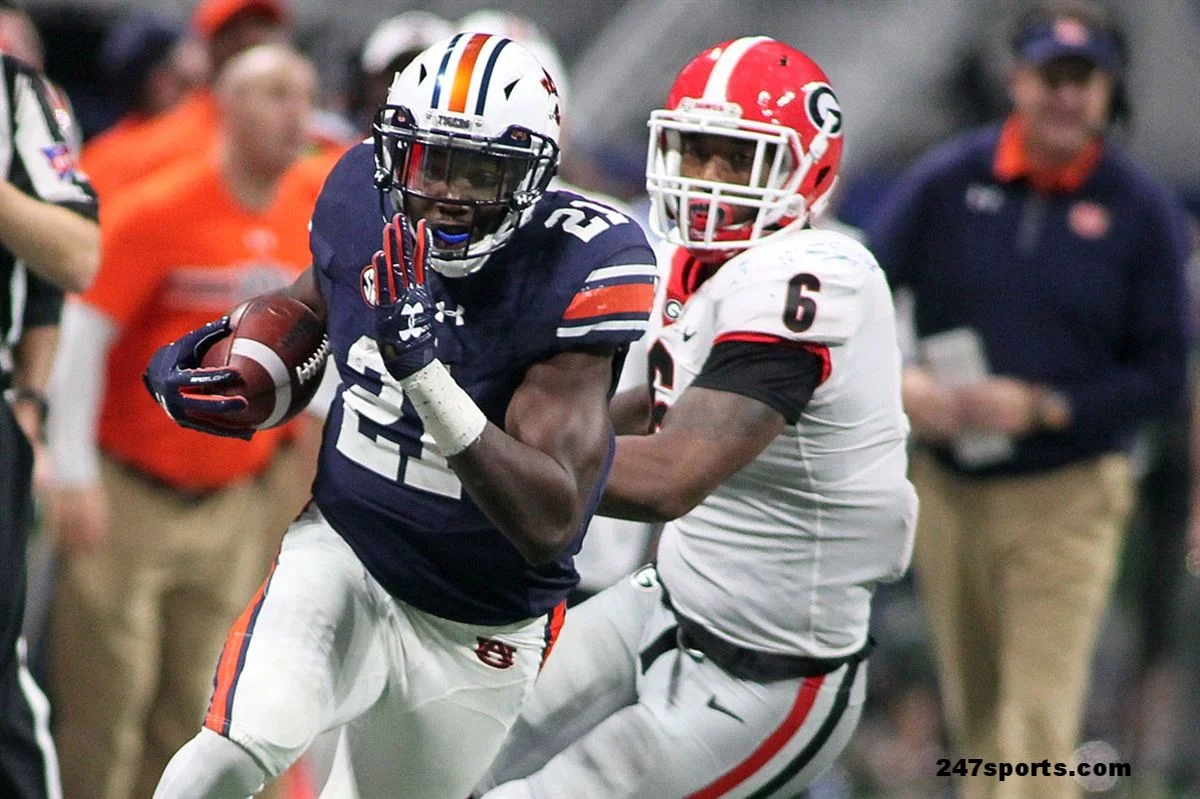Quantifying College Football Culture starting with the SEC
We hear it all the time on sports talk radio or during a football game broadcast – the term “culture”.
Of course we know what the term means in regards to everyday life; regardless of where you live in the world there are tons of different culture. But – how do you quantify culture in college football or can you?
After all, we have the obvious bad culture(s) of the scandal ridden early 2000’s Penn State program, or what recently happened at Baylor. Then there’s the obvious good cultures, like Alabama all the way to a program like Kansas State, a program that just wins year in and year out.
But again can you actually quantify culture and measure it? We think you can and have in our new “Five Year Cultural Stability Metric” which measures several things about a football culture and gives us an idea of how a team’s culture could be the reason they are winning or even losing.
Take Tennessee and Florida as great examples; teams that recruit annually inside the top 20 or 15, have history, heritage, money, facilities and more – so why have they underachieved recently? It could be other identifiers that we use in our College Football Hour Glass like coaching, quarterback play, recruiting and then it could be their culture and you can see that in this new metric.
What we have done is taken the last five years of every Southeastern School and based on their on the field production, achievements or lack thereof, over that time span assign them a “5 – Year Cultural Stability Stamp”.
We tiered culture into four tiers and those being Gold, Silver, Bronze and Red. If your PCS “Program Cultural Stability” is from 0-10 that’s a bronze culture, 11-20 = silver, 21 and up gold and if you are below zero its red which is not good.
We were also able to develop a percentage of staying power for the immediate future which tells us how likely a team’s culture trend could continue. As a team’s culture trend fades back towards 50-percent it’s likely getting worse or to a point where change is needed or taken place.
Finally, we can predict over the five year data a win trend for every team and we use the number 6 as a baseline. Which means we call a 6-6 season zero or our baseline. We can tell over the culture study about what a team will do in the coming year. This is simply a checks and balancing system to what we are doing over at the Hour Glass which comes out on 4-4-18.
So let’s take a look at a few teams to show what we are talking about.
Let’s use a high and low end example starting with Alabama on the high end. Their five year program cultural stability stamp is 34, which is tops in the league and that places their culture in the GOLD Standard. The percentage of chance of Alabama maintaining this culture over the next two to three years is at 99 percent and I think most would agree, Alabama is going nowhere in the near future. Their Average win trend above six moving forward, based off this data is at 6, which means they will likely win 12 ball games in each of the next two seasons – and again I don’t think most people would argue with that.
On the low end is a team like Arkansas who has a five year cultural stability stamp of -1. Off their data we predict a 55 percent chance of their culture staying where it is, which also means it could change now under Chad Morris. The closer to 50 percent the dicier a culture is and their future gets cloudy.
They fall in the Red Tier which is our worst culture tier and their projected win trend sits at -1 and I don’t think most people would argue that Arkansas will struggle in the near future to hit 6-6 or better on the field.
Below is every SEC team and how our numbers came out over this five year study. As always if you have any questions Tweet me @jakewim or email jake@thezone1059.com






